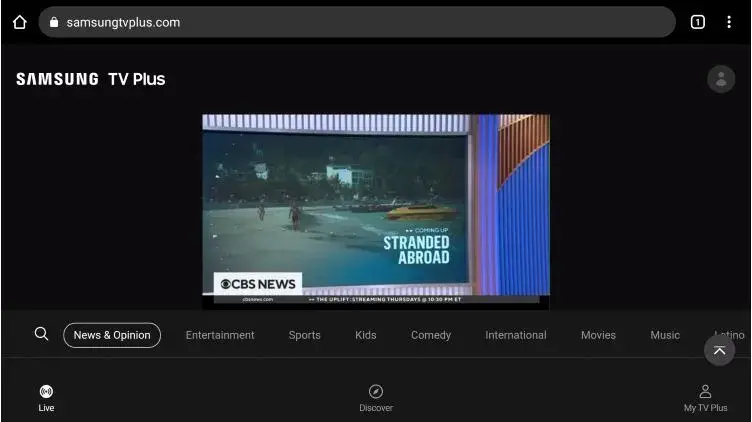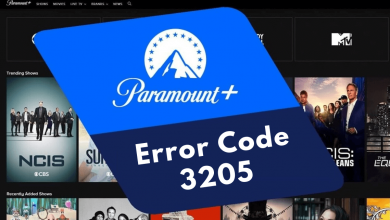Key Highlights
- Family Plans for Sharing: Explore tailored family plans on platforms like Netflix, Disney+, Amazon Prime Video, Hulu, YouTube TV, and Spotify Premium Family.
- Varied Streaming Access: Platforms offer different levels of simultaneous streaming, such as Netflix’s Basic, Standard, and Premium plans, Disney+’s multiple streams, and Amazon Prime Video’s household-based access.
- Secure Profiles and Verification: Enjoy individual profiles on Netflix, Disney+, and Amazon Prime Video, with Hulu’s location verification and YouTube TV’s strict password-sharing policies.

Did you know that people who share streaming services are part of an entertainment revolution? The landscape is swiftly evolving, especially with platforms like Netflix redefining the way we enjoy content together. But what’s on the horizon? And how does it affect your streaming journey?
Surprisingly, streaming platforms are on the brink of reshaping our watching and listening habits. Yet, as dynamics shift, the practice of sharing also undergoes change.
In this article, we’ll delve into the evolving realm of streaming services and the emergence of family plans. Discover how these trends not only influence your entertainment choices but also impact the way you share streaming services with loved ones. Get ready to navigate the ever-changing streaming landscape with clarity and confidence.
Contents
- Netflix’s Evolution: Balancing Access and Profitability
- HBO Max: A Thoughtful Approach to Sharing
- Disney+: Magic and Responsibility in Sharing
- Hulu’s Fair Usage Policy: Sharing Within Limits
- Amazon Prime Video: Controlled Access for Families
- YouTube TV: US Residents’ Sharing Options
- Spotify Premium Family: Sharing Within Limits
- Apple Music Family Plan: Streamlined Sharing
- In Conclusion
- FAQ
Netflix’s Evolution: Balancing Access and Profitability
Netflix’s move towards a paid-sharing model represents a significant change in the streaming industry, bringing both advantages and concerns to the fore. Subscribers express dissatisfaction over added costs and fears of show cancellations. The move aims to ensure each user’s access is accounted for, prompting users to explore platforms with a more inclusive approach to sharing.
To share your Netflix account effectively, understand the platform’s policies. Each Netflix plan allows a distinct number of simultaneous streams. Basic plans offer single-screen access, Standard plans extend to two screens, and the Premium plan permits viewing on up to four screens.
Within an account, create multiple profiles. Although sharing within a limited circle is acceptable, adhere to the platform’s rules. Sharing login details is limited to individuals within your household.
Netflix may verify sharing with non-household members. If you share your account, the platform may verify your device’s eligibility. A verification code is sent to the main account holder and entered on the unverified device within 15 minutes.
Concerns over location-based restrictions were posted inadvertently. The company clarified that such rules were for specific testing regions.
HBO Max: A Thoughtful Approach to Sharing
HBO Max’s sharing approach balances thoughtfulness and responsibility. While discouraging sharing with non-household members, it values family and friend sharing. HBO Max focuses on both user experience and misuse prevention with its integrated features.
If you’re considering sharing HBO Max logins to watch The Last of Us, note the platform doesn’t encourage this. HBO Max’s support pages state your password “should not be shared outside your household.” Up to five profiles are allowed for kids and adults.
HBO Max indicates “limited” simultaneous streams without specifying the maximum. Experimenting with additional streams can help determine the limit.
Despite HBO Max’s stance, responsible sharing accommodates family and close circles’ shared viewing.
Disney+: Magic and Responsibility in Sharing
The Disney+ streaming service strikes a balance between shared enjoyment and individual accountability. The platform’s terms of use explicitly require users not to share their account or account information. Each subscription can create up to seven Disney+ profiles, but simultaneous streaming is capped at four.
Rumors about potential changes to the Disney+ streaming service abound, but for now, the platform maintains its stance on user responsibility for login credentials. Disney+ offers a generous concurrent streaming option, accommodating multiple devices for simultaneous streaming and allowing families to enjoy collective viewing experiences.
Hulu’s Fair Usage Policy: Sharing Within Limits
Hulu prioritizes fairness and responsible usage within households. The Hulu + Live TV service ensures this by prompting users to verify their home location. Multiple profiles are available, but standard plans allow concurrent viewing on two screens. Hulu Live TV offers the Unlimited Screens add-on for simultaneous viewing on multiple devices, capped at five screens for specific channels.
The subscriber agreement emphasizes password-sharing responsibility, underlining the account holder’s accountability for shared access outcomes. Mindful sharing practices are crucial for a seamless Hulu experience.
Amazon Prime Video: Controlled Access for Families
Amazon Prime Video ensures secure household access through separate profiles for family members, minimizing risks of external sharing. This strategy underscores the platform’s commitment to enhancing shared viewing.
For Amazon Prime Video sharing, it operates within Amazon Household. Sharing includes one adult, up to four teenagers, and up to four children, regardless of residing address. Simultaneous Prime Video streaming is capped at three streams per account within the household, with a maximum of two devices per video.
However, sharing personal Prime Video credentials outside the household is cautioned due to broader account access. Shared credentials grant access to shopping, cloud storage, e-books, and more. Unless setting up an Amazon Household, sharing Prime Video passwords entails potential risks not worth taking.
YouTube TV: US Residents’ Sharing Options
YouTube TV, a Google-owned service, has stringent password-sharing rules. Sharing passwords is prohibited, but US residents can create a family group of up to five members for simultaneous streaming. Conditions include connecting with a Gmail account, age over 18, no access for kids under 13, no new groups for existing members, and all members sharing a household. Google verifies location monthly.
Non-US residents can access YouTube Premium for YouTube Music and Kids, with availability varying. There’s also a two-week YouTube TV free trial.
To share YouTube TV, you can set up a family group with individual Gmail logins for shared services. Each of the six family group members can access up to three streams simultaneously. Google requires signing in from the designated home area every three months to maintain the subscription.
However, sharing a YouTube TV account outside the family group is riskier, as it grants access to other Google apps and services tied to the Google account, including Gmail.
Spotify Premium Family: Sharing Within Limits
Spotify’s Premium Family subscription allows sharing among up to six family members, but password sharing is prohibited. Indicating residence during account creation is necessary.
For sharing Spotify with friends and family, note that accounts are for single-person use, with streaming limited to one device at a time. Bundling multiple accounts under Spotify Premium accommodates two to six people, requiring everyone to reside at the same address.
Spotify may verify the addresses of family plan members, so it’s crucial to ensure accurate information. Sharing passwords is against the user agreement, making a family plan the recommended way to involve others in the account.
Apple Music Family Plan: Streamlined Sharing
Apple Music provides a family plan accommodating up to six individuals. Each member requires their own Apple ID, while purchases are managed by a single-payer. Parents possess control over added family members’ permissions.
Within the family plan, each member enjoys an individual Apple Music stream, personalized recommendations, playlists, and more. Apple’s criteria for shared addresses emphasize country alignment, differentiating it from platforms like Spotify. It’s important to note that registered card information is necessary for purchases within the family group.
The family plan is part of Apple’s broader Family Sharing feature, which extends to services like Apple TV Plus. Managed through the Apple ID page in Settings on iOS and iPadOS or through System Preferences on macOS, Family Sharing facilitates easy management of shared services and features.
In Conclusion
Multiple streaming services, including Netflix, HBO Max, Disney+, and others, have transformed content consumption habits. They provide options like individual profiles and family plans while maintaining strict password-sharing policies. Following these guidelines ensures a smooth experience as the streaming landscape evolves, enhancing collective entertainment experiences.
FAQ
Family plans offer cost-effective sharing with tailored access and individual profiles.
Sharing passwords limits access and may require verification, affecting streaming quality.
Sharing beyond household is discouraged due to security risks and location verification.
Individual profiles enhance personalized viewing experiences with customized recommendations.
Opt for family plans, follow sharing guidelines, and ensure same-address residency for seamless sharing.



